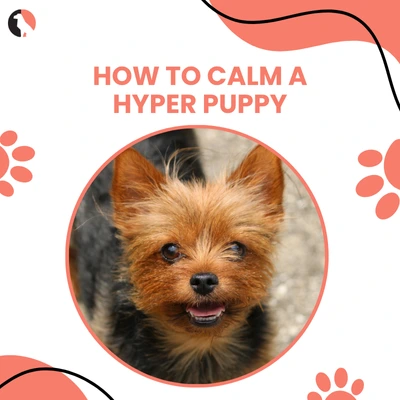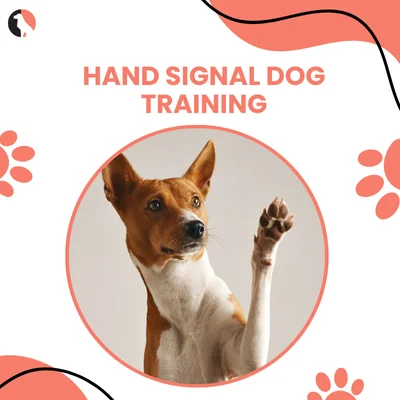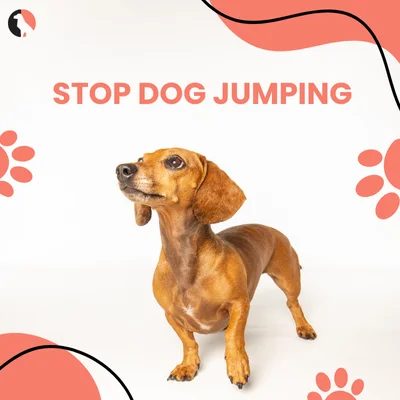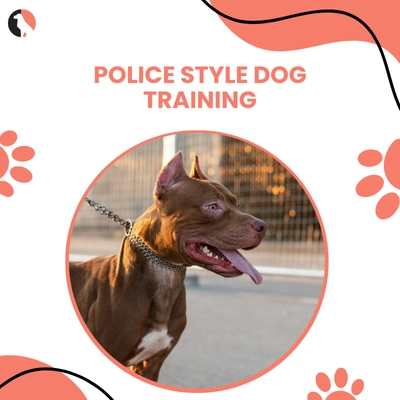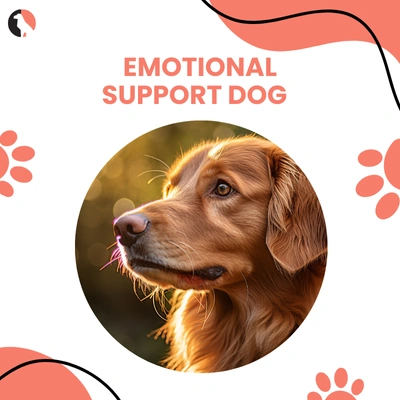Hand signals for dogs are a powerful way to boost communication, strengthen bonds, and improve obedience, especially in noisy places. Whether your pup responds to voice, sight, or sign, this guide walks you through 12 vital dog hand signals, offers a handy chart, and shows how to teach them step by step. Let’s get started.
Why Use Hand Signals for Dogs?
You might ask, “Why bother?” Well:
- Noise doesn’t matter. In loud parks or near traffic, hand signals cut through the chaos.
- Age makes a difference. Senior dogs or those with hearing loss benefit hugely.
- Clarity is key. Visual cues are simple, direct, and minimize confusion.
- Flexible communication. Combine voice and sign as needed.
If your pup barks too much, a sign of alarm, adding a stop hand signal can help curb that noise. Studies show gestures improve canine learning and reduce timeout behaviors.
Check this out: The Ultimate Hand Signal Dog Training Guide: Train Your Dog with Ease
12 Hand Signals for Dogs
Here’s the essential “list of dog commands and hand signals” to train in any order.
1. Eye Contact (“Watch Me”)
Sign: Hold two fingers in a “V” shape near your eyes.
Why: Captures attention and encourages focus.
How: Show the sign, wait for eye contact, then reward.
2. Sit
Sign: Palm up, raise your hand from waist to shoulder.
Why: One of the easiest, essential obedience cues.
Tip: Start with verbal command, then drop it once the gesture clicks.
3. Down (Lie Down)
Sign 1: Palm down swoop from chest to ground.
Sign 2: Index finger pointing down along your chest.
Why: Calms the dog and adds structure.
Tip: Use treats to lure the dog down, then switch to gesture.
4. Come
Sign: Arm curl, palm in then wave or sweep across chest.
Why: Vital for recall and safety.
Tip: Pair with leash pressure initially, then fade it out.
5. Stand
Sign: Open hand by nose, pull straight out.
Why: Great for vet visits or grooming prep.
Tip: Combine gesture with gentle leash guidance at first.
6. Stay / Stop
Sign: Flat palm held out, facing the dog.
Why: Stops unwanted behaviors, like bark bursts or jumping.
Variation: Use a stop hand signal right when barking begins to teach “how to stop your dog from barking.”
7. Drop It / Release
Sign (Drop It): Closed fist flicking open downward.
Sign (Leave It): Hands open, palms in, wiggle up-down.
Why: Prevents resource guarding and controls object possession.
Tip: Drop It teaches release; Leave It teaches avoidance.
8. Yes / No
Sign (Yes): Fist nod; move up and down.
Sign (No): Finger wag or flick downward.
Why: Clear positive/negative feedback.
Tip: Reserve these for mistakes and successes, not mid-task corrections.
9. Quiet
Sign: Finger to lips.
Why: Controls excessive barking or alarm responses.
Tip: Reward silence after giving the sign to reinforce calm.
10. Walk / Outside
Sign: Both fists rotate like wheels.
Why: Lets your dog know it’s time for a stroll or potty break.
Tip: Use consistently when heading out.
11. Heel
Sign: Tap hip or circle your hand near it.
Why: Signals the dog to walk close beside you.
Tip: Combine with leash correction only early on; later just gesture works.
12. All Done / Free
Sign: One palm up, one palm down sweep across.
Why: Releases the dog from a task.
Tip: Use at the end of training or after routines.
Visit: Dog Vomiting Yellow Bile? Common Causes and How to Help
Hand Signals for Dogs Chart
| Command | Hand Signal Description | Voice Cue | Notes |
| Watch Me | “V” fingers near eyes | Watch me | Eye contact prompt |
| Sit | Palm up, raise hand waist → shoulder | Sit | Use treats to lure |
| Down | Palm down sweep / index finger slide | Down | Two variations available |
| Come | Curl hand in chest sweep | Come | Fade leash over time |
| Stand | Hand out from nose | Stand | Combine with leash in early training |
| Stay / Stop | Flat palm, face dog | Stay/Stop | Great for barking control |
| Drop It | Fist flick open downward | Drop it | Use with toys or food |
| Leave It | Open hands, palms in, wiggle up/down | Leave it | Prevents picking things up |
| Yes | Fist nodding vertically | Yes | Reward marker |
| No | Finger wag or downward flick | No | Negative marker |
| Quiet | Finger to lips | Quiet | For alarm barking / excessive noise |
| Walk / Outside | Fist circles | Walk | Time to go out |
| Heel | Tap hip or hand circle | Heel | Walking close |
| All Done / Free | Palm down swipe across palm up | All done | Task complete |
Discover: What Fruits Can Dogs Eat? Safe and Healthy Choices Explained
Training Tips & Approach
1. Start Simple
Pick 1–2 commands first: sit and watch me are great starting points.
2. Consistency Is Crucial
Use the same gesture each time. Avoid mixing signals.
3. Pair & Switch
Begin with verbal cues and reward. Then add hand signal. Finally, drop the verbal cue.
4. Reward Promptly
Immediate reinforcement solidifies learning. Timing is everything.
5. Gradually Add Distractions
Move from quiet rooms to parks. Increase challenges slowly.
6. Keep Sessions Short
5–10 minutes per session. Positive reinforcement builds motivation.
7. Use Rewards Wisely
Treats, praise, and toys, whatever drives your dog’s attention.
8. Encourage Eye Contact
Consistent eye contact improves responsiveness. Use the V-sign early.
9. Minimize Alarm Barking
Use quiet or stop hand signal. Reinforce calm moments heavily.
10. Reinforce “Free”
Always celebrate the all done signal to close on a good note.
Sign for Dog: ASL and Beyond
Some owners ask, “What’s the sign for dog asl?” While ASL signs differ (like snapping fingers by thighs or patting the leg), for training we use clear, unambiguous gestures. Feel free to explore ASL, but stick with signals your dog understands best.
Solving the Bark Problem
Barking is natural, but dogs bark for many reasons: anxiety, boredom, territorial defense, or alert. To stop hand signal barking:
- Recognize the early cue, often a glance or tail wag.
- Issue the quiet gesture before the bark escalates.
- Reward quiet behavior immediately.
- Optional: ignore attention-seeking barks to avoid reinforcing them.
Consistency is the key here. Don’t reward barking by speaking or petting while bowing into the noise.
Why This Works: The Science
Gestural training leans on dogs’ strong visual perception. One pet study found dogs learn hand signals 40% faster than verbal cues alone. Additionally, visual cues are less ambiguous; hand gestures are open, direct, and hard to misinterpret.
Explore: Mental Stimulation for Dogs: 5 Creative Ways to Engage Your Pup’s Mind
Blend and Bond
Hand signals are more than tricks. They deepen bonds. Dogs thrive on clear, consistent, affectionate communication. Each time you use a hand signal, you’re conveying trust, leadership, and love.
Creating Burstiness & Perplexity in Your Training
Training isn’t just about repetition. It’s about rhythm and flow. Mix short cues (“Sit!”), longer patterns (“Watch me and then settle down”); playful moments. Vary the structure. Engage the mind. Think: short bursts of fun, followed by calm precision.
Putting It All Together
- Choose 3-4 core signals: watch me, sit, down, come.
- Teach one at a time. Nail it. Move on.
- Use the chart daily.
- Add others: heel, leave it, free.
- Reinforce with pattern and praise.
- Phase out treats when timing is solid.
Common Mistakes & Fixes
- Changing gestures confuses dogs, stick to one form.
- Delayed rewards weaken learning; reward instant response.
- Ignoring eye contact leads to wandering attention, train “watch me”.
- Overusing “no” or “stop” without positive markers can hurt motivation; balance with yes and treats.
Should I teach hand signals to an adult rescue dog?
Absolutely. Age isn’t a blocker, if anything, adult rescues often respond better to hand signals for dogs because it removes tone confusion and replaces it with something simple, predictable, and, over time, soothing. Start with one or two cues, keep your gestures slow and intentional, and reward every correct move like they just won gold. Bonus? Teaching hand signals builds trust faster than verbal commands because they read your body, not just your voice.
Learn More: Calm a Hyper Puppy: 5 Proven Techniques Every Dog Owner Should Try
Final Thoughts
Mastering dog hand signals is a game-changer. It’s more than training, it’s an ongoing conversation. If your dog needs to stop barking, simplify recalls, or master leash walks, gesture-based cues deliver clarity, calm, and consistency.
Grab the Hand Signals Chart, print it, post it, and practice. Show the sign for dog to your furry friend and watch communication leap to new heights.












































